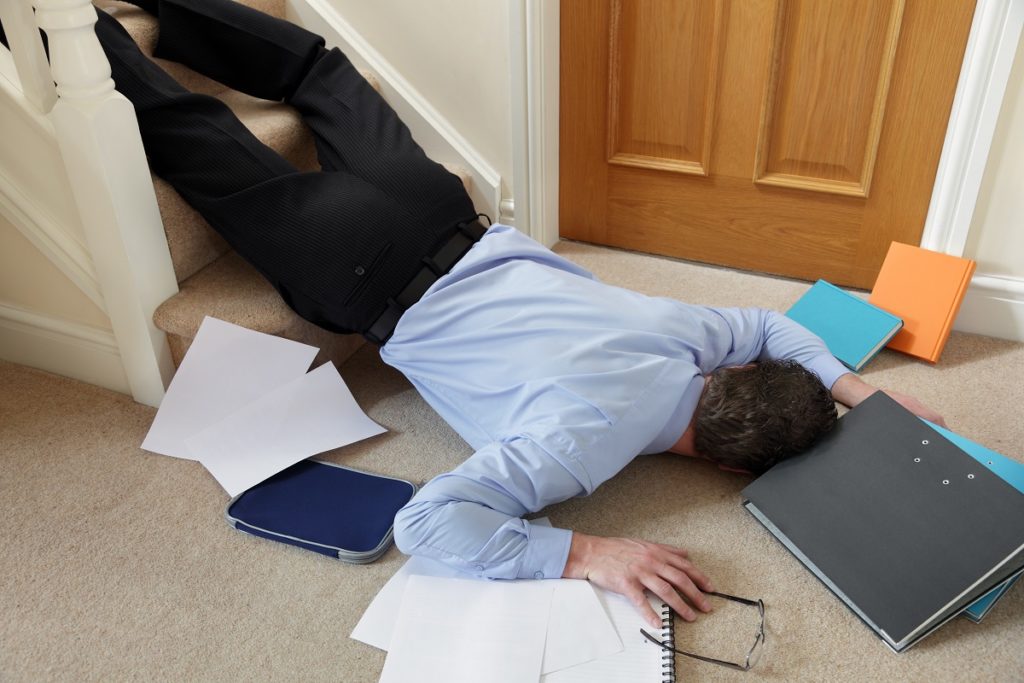One minute you’re simply walking to the copying machine and the next you’re down on the floor, having slipped from a wet patch on the tile floor. It might be a little comical to picture, but this type of accident happens frequently in different workplaces in Australia, sometimes with serious consequences.
According to Safe Work Australia, Australian workers lost about 5.6 working weeks in 2013-2014 after incurring injuries on the job. These injuries cost the Australian economy around $60 billion every year, equal to 5 per cent of the nation’s GDP. Apart from that, the injuries that employees sustain can impair them not only for weeks, but for life.
These show how vital workplace safety is both to businesses and the nation, as a whole. That is why employers and building managers are encouraged to create a safer work environment. Of course, this varies from each industry and according to the nature of the job.
Below, we discuss two different work space types, the accidents that commonly happen there and how to avoid or minimise these instances.
Accidents in an Office Setting
Millions of Australians work in the corporate world and stay in an office setting. While cubicles and air-conditioned rooms do not seem like they could pose a threat to workers’ safety, the opposite is true.
Sprains, fractures and contusions can result from slip and fall accidents, one the most common type of office injury in the country. These instances can happen from falling down the stairs, tripping over loose carpeting or open drawers or slipping on wet floors. Inadequate lighting is also a workplace hazard and can also contribute to the likelihood of slip and fall incidents.
To avoid these, make sure to watch where you’re walking, report any loose carpeting or any tripping hazards and be proactive in making and keeping the office a fall-proof space. This means cleaning up spills and picking up objects that are out of place and in people’s way.
Accidents in an Industrial Workplace

Industrial spaces, such as warehouses and factories, are much more different and probably much more dangerous than regular office settings. Warehouse jobs, for example, require repetitive, strenuous actions like heavy lifting. This puts a strain on the body, especially the neck, shoulders and back. If not done correctly, you may injure a part of your body.
The operation of heavy machinery and power tools is also common, as are reaching high shelves and stacking up towering crates and boxes. These activities can lead to accidents that may injure not just yourself, but other people on the site as well. Some may be caught in running equipment or machinery, while others may be struck by falling objects.
These things can be prevented with proper caution and by wearing the right personal protective equipment. It’s also important to pay attention to keeping the work site clean and non-slippery, especially walking surfaces and equipment like industrial stair ladders. These could get splattered by oil or grease from all the machinery around, making them a safety hazard.
Of course, pay attention to proper safety training and due diligence in preventing injuries, whether it be inside an office or in a warehouse. Property safety training keeps you and the people you work with at a lower risk of being injured in the workplace.

